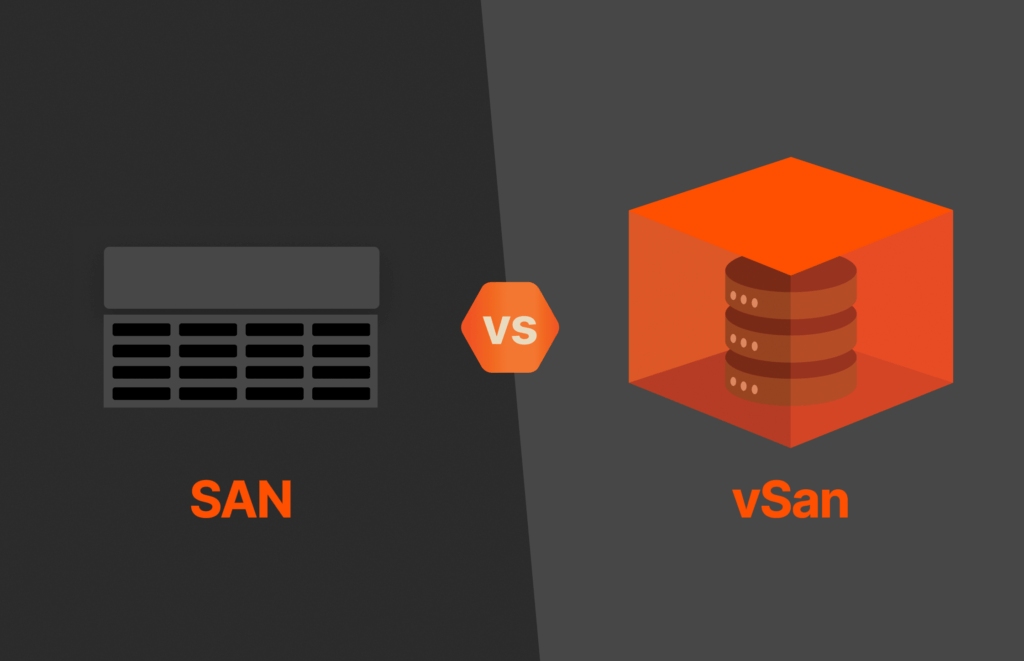There’s a misperception about flash technology that I’d like to address: that NAND life is between 3,000-100,000 write cycles. Once it meets that threshold, flash fails.
Because of this misconception, NAND flash used to be viewed as only useful in consumer devices. As flash made it way into enterprise and datacenter workloads, customers worried about its longevity. But, by changing the perspective on NAND flash, we can easily see the vast storage capabilities that it provides.
What is data fade?
Imagine a NAND flash cell as a balloon and the information being stored (electrons) as helium. Over a couple of days, the helium dissipates and the balloon withers. This dissipation of information is what I call data fade. Data fade is what occurs when information stored in a flash cell departs over time, thereby leaving the information unreadable. While it’s true that the higher the number of write cycles, the weaker the cell becomes, what is false is the belief that flash fails after a defined number of write cycles. The estimation of 3,000 – 100,000 is based on a previously conceived specification by the industry that the data is stored for no less than a year.
This is best evidenced in the first market-usage of NAND flash: digital cameras.
NAND Flash: Improving stability between data fade and data retention
In the nineties, NAND flash became a replacement for 35mm film in cameras, so flash had to compete with a medium that retained memories for decades. In order to be a relevant replacement, flash manufacturers were completely focused on data retention. That was then, this is now. Data retention has been taken to profound new levels. And it’s working. SanDisk designed NAND flash camera cards for crime scene photography that holds onto evidence for a century.
How does it do this? With a single write cycle. The cells aren’t “deteriorated” by numerous cycles so the memory holds fast and long. This is fine for such a medium, but what about other devices like laptops that require many write cycles in order to function properly?
The simple strategy: replace the helium in the balloon, constantly and consistently. A continuous flow of information allows for maintenance of, and increased stability between data retention and data fade. This grants a generous extension to the life of NAND flash.
The distinct advantage of a data center is that the power is almost always on. Storage systems that are optimized for NAND move and refresh information, constantly and consistently, to ensure that data fade stays manageable.
This is a key difference between a storage system designed for disk and a storage system designed for flash. By taking the focus off data retention and putting it on maintaining the balance between retention/fade, storage systems today can successfully dispel the myth that flash fails after a predetermined number of write cycles.
NAND flash, now more than ever, is truly reliable for enterprise workloads.

Free Test Drive
Try FlashArray
Explore our unified block and file storage platform.
Written By:
Pure in Byte-sized Form
Check out our show “Digital Bytes” where our hosts will education you on Pure products and services.






